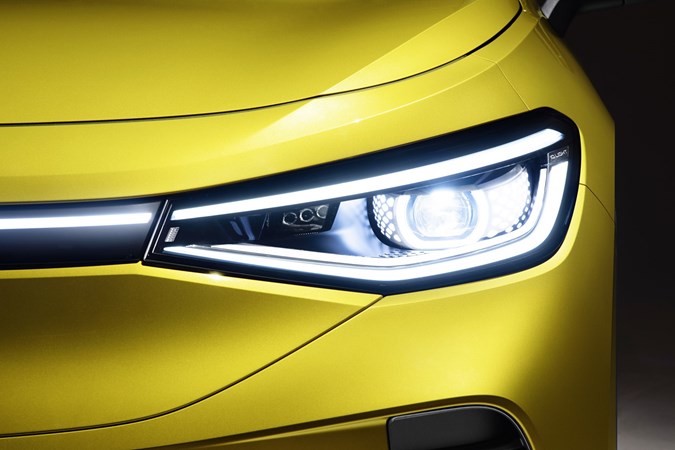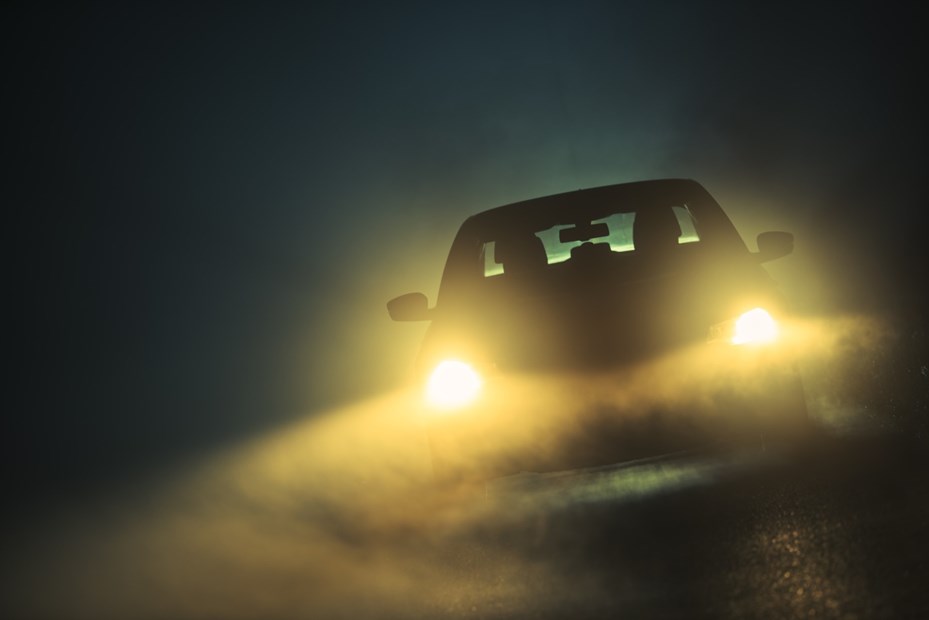A quarter of UK drivers are cutting back on night-time driving due to headlight glare, according to new research from the RAC. The survey found that 23% of motorists now drive less at night because they struggle with the brightness of oncoming headlights.
Concerns over glare have been rising in recent years, with many drivers reporting discomfort and reduced visibility. Now, the RAC is calling for a review of current headlight regulations to tackle the issue.
The research also found that 61% of drivers believe the problem has worsened in the past year, while 75% of those cutting back on night driving say it’s due to excessive glare making the experience uncomfortable or difficult.

Safety is another growing concern — nearly half (49%) of drivers affected by glare say they feel less safe behind the wheel, and 5% have stopped driving at night altogether because of it. It’s not just an issue for older motorists, either — while 38% of over-74s are driving less at night, 33% of under-35s are also cutting back for the same reason.
Drivers say excessive glare makes it harder to judge the position, speed, and signals of oncoming vehicles, with around three-quarters of those affected highlighting these as key concerns.
Department for Transport (DfT) data reveals that since 2013, an average of 280 accidents each year on UK roads have been linked to dazzling headlights, with six of these incidents resulting in fatalities annually.
RAC senior policy officer Rod Dennis explained: ‘With the exception of potholes, few motoring topics seem to rouse as much interest among the nation’s drivers right now as bright headlights. What has gone from a mere frustration is now having a profound impact on people – whether that’s momentarily being blinded while driving or struggling to judge the speed or position of a vehicle ahead.
‘The fact such a high proportion of people are also driving less at night – or wish they could – is remarkable and demonstrates the need for glare to be tackled. This does, however, need to be balanced with the potential road safety benefits afforded to people driving vehicles with brighter headlights.’
Government launches investigation into headlight glare
In April 2024 the UK Government’s Department for Transport (DfT) announced an investigation into drivers being dazzled by headlight glare from oncoming vehicles. A petition calling for the government to ‘review the brightness of car headlights for safety’ garnered over 11,000 signatures, prompting the investigation.
The RAC urged the government to study the issue back in January 2024, after their research in 2024 found that 89% of drivers think at least some car headlights are too bright, with recent statistics in 2025 highlighting that drivers think the issue has gotten worse in the past year.
So, what’s causing the issue? The RAC suggests that the growing popularity of LED headlights could be to blame. LEDs produce an intense, focussed beam of white-blue light that the human eye can struggle to deal with, and it can take some time for the dazzle to clear after the vehicle has passed. By contrast, the yellowy light produced by old-style halogen bulbs is easier to cope with, as is the less intense white-blue light emitted by xenon bulbs.
The RAC also found that a significant number of drivers thought the growing popularity of SUVs is contributing to the problem. Such cars sit higher off the road, potentially putting their headlights at eye-level with drivers of lower cars and 44% of drivers pointed the finger at misaligned headlights.

Headlight misalignment a big issue
Action has already been taken to address the issue of headlight aim. New rules will come into force in September 2027 requiring all new cars to be fitted with an automatic headlight levelling system. That will ensure the headlights are pointing in the right direction regardless of the weight of people and luggage in the vehicle. ‘Once implemented,’ the DfT said, ‘these tougher requirements will help alleviate the number of cases where road users are dazzled.’
RAC road safety spokesperson Rod Dennis commented on the government’s investigation: ‘The fact the government has listened to drivers’ concerns and heeded our calls to examine the complex issue of headlight glare in more detail marks a real turning point. The topic has undoubtedly struck a chord with motorists up and down the country.
‘Brighter headlights, while giving drivers a better view of the road ahead, are clearly causing other road users significant problems. There are also known shortcomings concerning the official road casualty data not accurately capturing the true number of incidents associated with headlight glare.
‘An independent study provides a golden opportunity for the Government and industry to get to the bottom of the problem, identify the factors involved and map out a way forward.’

What this means for you
If you’re among the many drivers who believe that modern car headlights are too bright, the DfT’s investigation into the issue is welcome news. However, the results are likely to be a long time in coming and any recommendations would only apply to new cars – if they’re enforced at all.
But the announcement is also a bit of wake up call for drivers of cars with LED headlights to make sure they’re properly aligned to avoid dazzling oncoming traffic.
For all the latest advice, news and finance deals, sign up to the Parkers newsletter here.
Just so you know, we may receive a commission or other compensation from the links on this website - read why you should trust us.










